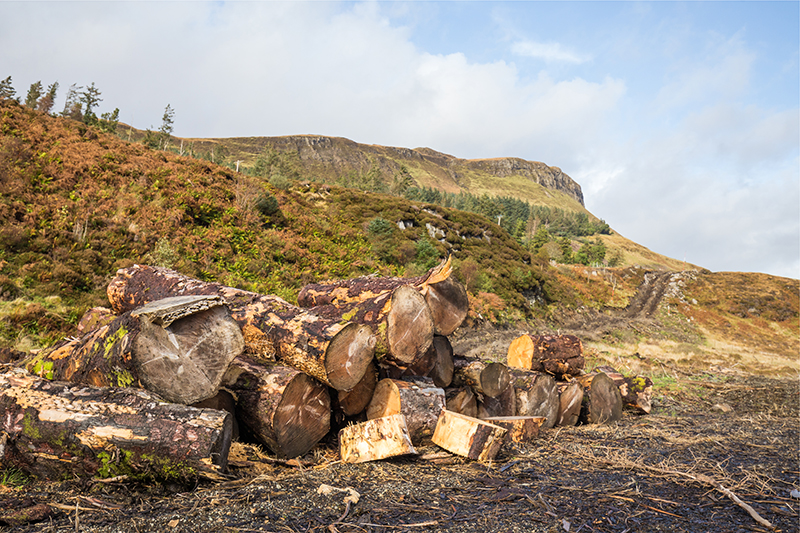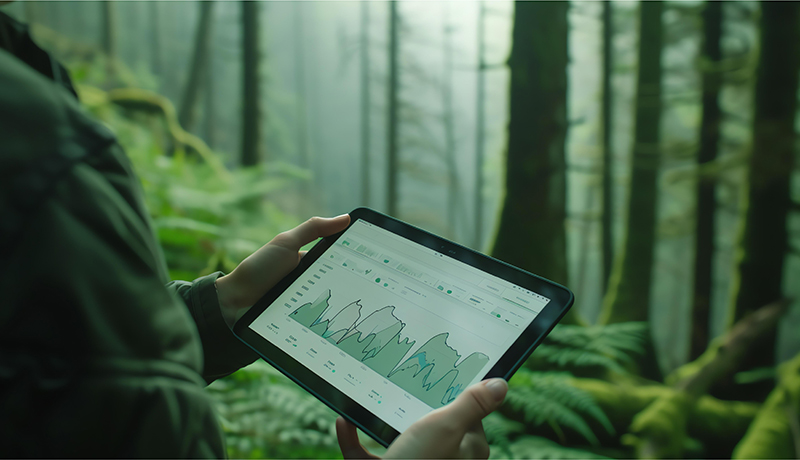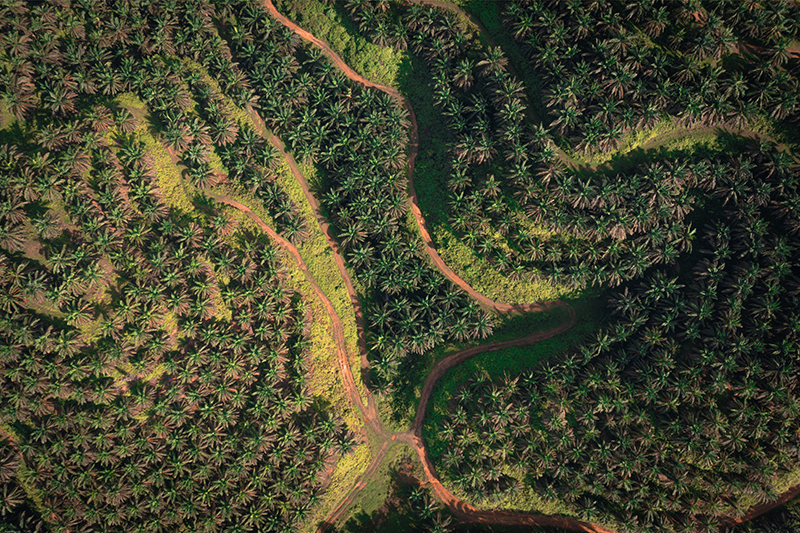Malaysia’s EUDR Classification Undermines Country’s Deforestation Efforts
Malaysian exporters now face more due diligence checks and heightened scrutiny from EU authorities when shipping their products to Europe due to its ‘standard’ risk classification.

On 22 May 2025, the European Commission announced the outcome of its ‘country benchmarking’ assessments under the EU Deforestation Regulation (EUDR), which comes into force at the end of this year. The system categorises 194 countries as either ‘low’, ‘standard’ or ‘ high’ risk, depending on the EU Commission’s view of the risk of deforestation they pose.

These risk categorisations are not merely symbolic: they have direct economic and reputational consequences. A ‘low’ risk classification for Malaysia would have simplified compliance obligations for our exporters by enabling streamlined due diligence and reporting procedures. Instead, Malaysian exporters now face more due diligence checks and heightened scrutiny from EU authorities when shipping their products to Europe.
So, it is not surprising that the EU Commission has been roundly criticised for the apparent favouritism it has shown. It has made a political decision rather than relying on the underlying science or the available empirical evidence.
The Commission’s assessment methodology was flawed in three key areas. First, from a purely Malaysian perspective, the significant progress our palm oil producers have made in halting deforestation has been overlooked. The latest satellite data clearly shows which countries have been successful in protecting their untouched natural forests, yet the EU has chosen to rely on outdated data. Article 29(3) of the EUDR requires the EU Commission to use the “latest scientific evidence” in its benchmarking assessments. However, it has used data from 2015 to 2020, as reported in the FAO’s 2020 Forest Resources Assessment. Given the importance of these assessments for its trade partners, the better option would have been to wait for the FAO’s upcoming 2025 Forest Resources Assessment, which will be available in late October this year and features updated data for 2020-2025.

The EU’s assessment relied on outdated forest data from 2015 to 2020.
Second, the EU Commission has chosen to look at the FAO’s Forest Resources Assessment data on ‘total forest cover’ instead of ‘naturally regenerating’ or ‘primary’ forest cover in its calculations. In doing so, it has employed a methodology that favours its member states over lower-priority, third-party countries. Article 29(3)(a) of the EUDR requires that benchmarking assessments be based on “quantitative rates of deforestation and forest degradation” but FAO’s ‘total forest cover’ dataset omits the concept of ‘forest degradation’. Therefore, the benchmarking ignores one of the EUDR’s central regulatory requirements.
Malaysia has suffered as a result. Our current deforestation rates are similar across both datasets. Conversely, other countries — notably certain heavily forested EU member states — score well on ‘ total forest’ loss but poorly on ‘primary forest’ loss. Take Sweden, for example.
Looking at ‘total forest loss’ data only, Sweden records no change. Looking at the ‘naturally regenerating forest’ data, it shows a loss of 137,200 ha per year - twice the amount of Malaysia.

Malaysia supports the EUDR’s goals, but urges the EU Commission to wait for the updated 2025 forest data before finalising EUDR rankings.
This is problematic for EUDR as a whole. Primary forests are nature’s marvels - home to ecosystems of enormous complexity and with soils that are exceptional stores of carbon. They take millennia to develop, yet can be destroyed in hours. Yet, the EU has failed to take these into account in its assessments.
It also creates a suspicion of favouritism. Under the Commission’s methodology, all EU countries are deemed ‘low’ risk despite some having weaker records on primary forest degradation.
The third flaw is the Commission’s use of ‘absolute’ and ‘relative’ deforestation thresholds. Countries with a yearly deforestation rate below 0.2% and an absolute annual forest loss of less than 70,000 ha are classified as ‘low’ risk. Yet, the Commission has produced no scientific justification for these thresholds. For instance, the US narrowly scraped into the ‘low’ risk category with an absolute forest loss rate of 60,000 ha per year.
The EUDR is a laudable initiative that Malaysia strongly supports; however, methodological shortcomings raise questions about fairness, particularly for third countries that are of less immediate value to the EU. If the EU Commission wants a regulation that is effective and workable, it needs to rethink its methodologies. Failing that, countries will question its purpose.

Despite positive progress in halting deforestation, Malaysia, along with 49 other countries, is facing stricter EU checks as a ‘standard risk' country.




